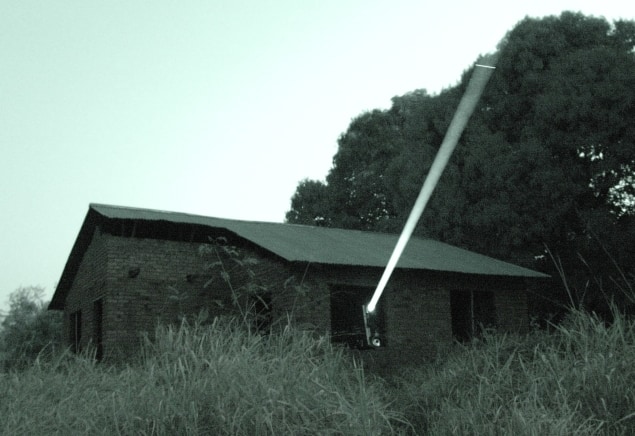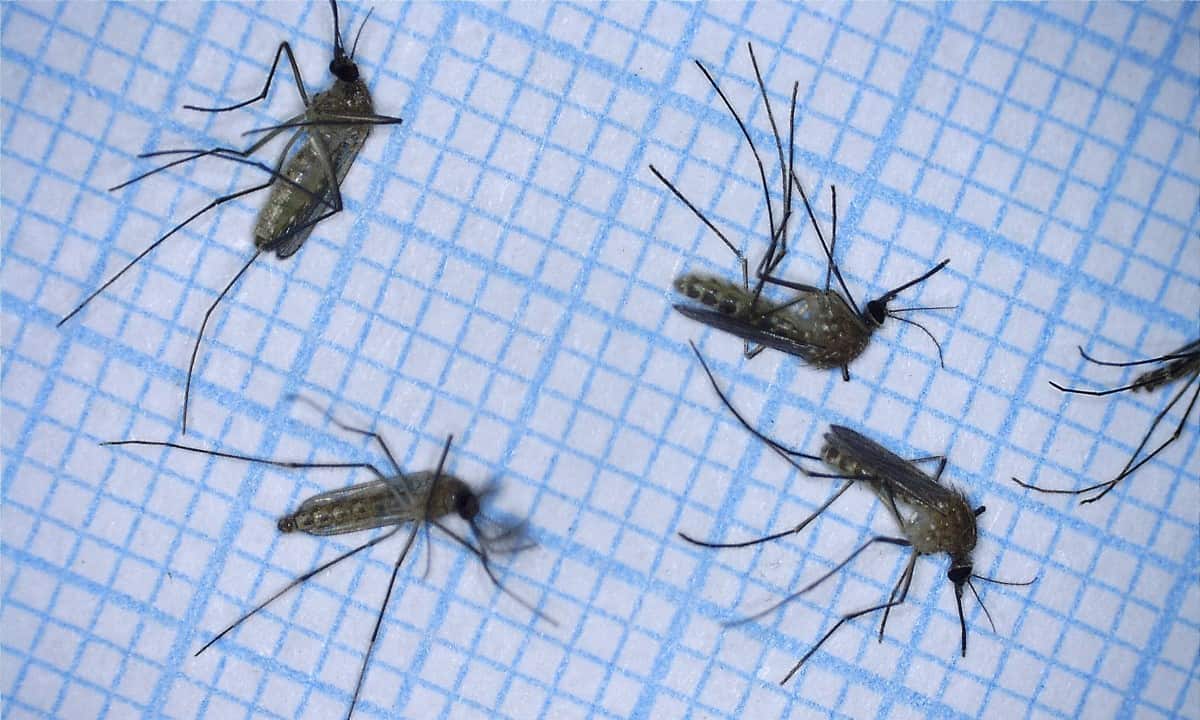
Lidar technology has been used to monitor how mosquito activity varies throughout the day in a natural African landscape. The measurements were made by an international team led by Mikkel Brydegaard at Lund University, and could lead to important advances in malaria prevention measures in many impoverished communities.
Malaria is a mosquito-borne disease that causes close to half a million deaths worldwide each year. Over 90% of these deaths are in Africa, where the problem is exasperated by a combination of widespread poverty, and several endemic mosquito species that only feed on humans. Global efforts to fight the disease have now made significant progress through approaches including pesticides, vaccines, and bed nets. However, the rapid evolution of both mosquitoes, and the Plasmodium parasites that cause malaria, means that resistance to some of these measures is developing fast.
The problem calls for a more universal approach to understanding the ecology of mosquito populations, particularly in natural outdoor landscapes where most of the insects reside. Brydegaard’s team achieved this using a high-resolution, near-infrared lidar system – which sends out laser beams that reflect off objects. Variations in the wavelengths and return times of the light is measured and this allows researchers to build up accurate, time-varying pictures of dynamic 3D systems.
Solar eclipse
The team set up their lidar next to a village in Tanzania. Over five days and four nights, the device scanned 3-5 m above the ground over a wedge of land at distances of up to 596 m. They observed over 300,000 insects during this time, allowing them to build up a clear picture of how mosquito activity varied throughout the day. To determine whether these behaviour patterns were caused by light levels or the circadian rhythms of mosquitos, the researchers also made measurements during a solar eclipse in September 2016.
To quantify mosquito activity, Brydegaard and colleagues used previously measured values for the characteristic wingbeat frequencies of mosquitos, which vary between male and female mosquitoes and between different species. Determining the sex of an insect is important because only female mosquitos bite.
By searching for these wingbeat frequencies in their lidar date, they found that mosquitos were most active during two precisely timed “rush hour” periods in the morning and evening. The insects also became far more active during the eclipse, which suggested that light levels, not circadian rhythms, are responsible for these bursts in activity.
Brydegaard’s team believes the results prove that lidar is a ground-breaking tool for studying insect ecologies over large geographical areas; and in turn, for informing measures to reduce the risk of malaria infection. The researchers will now focus on improving their techniques to incorporate rapid advances in lidar technology, and ultimately hope their findings could bring about techniques which will help to ease the suffering of many millions of people.
The research is described in Science Advances.
